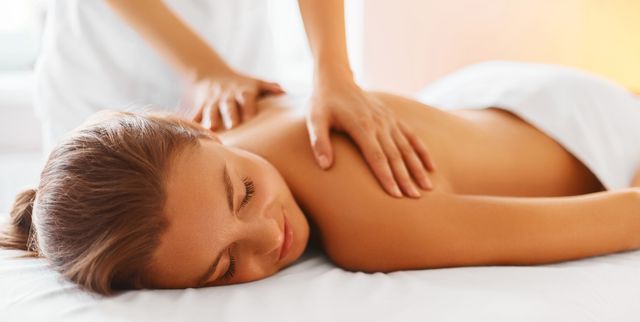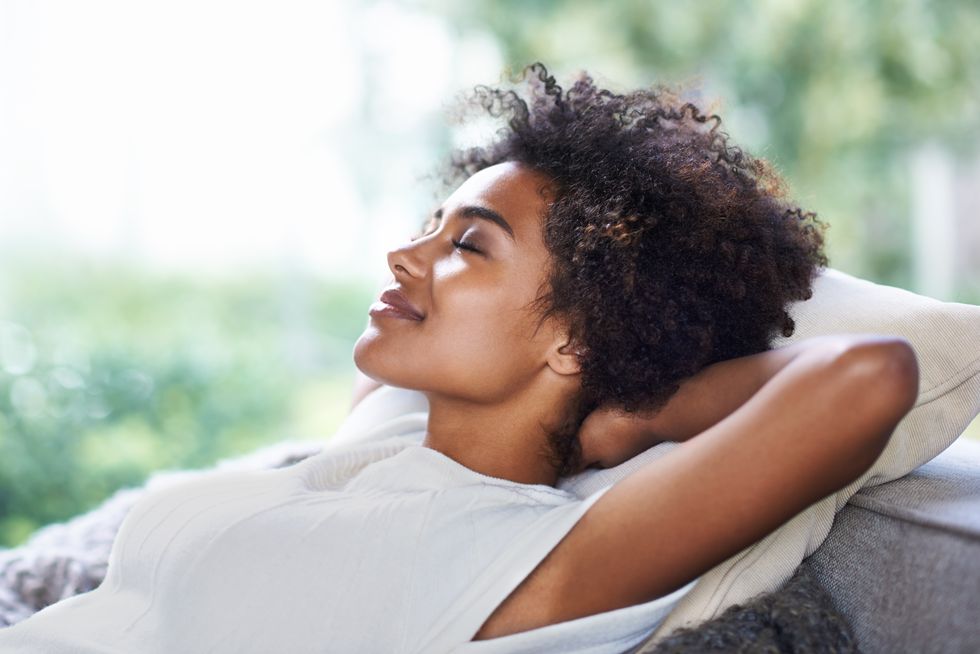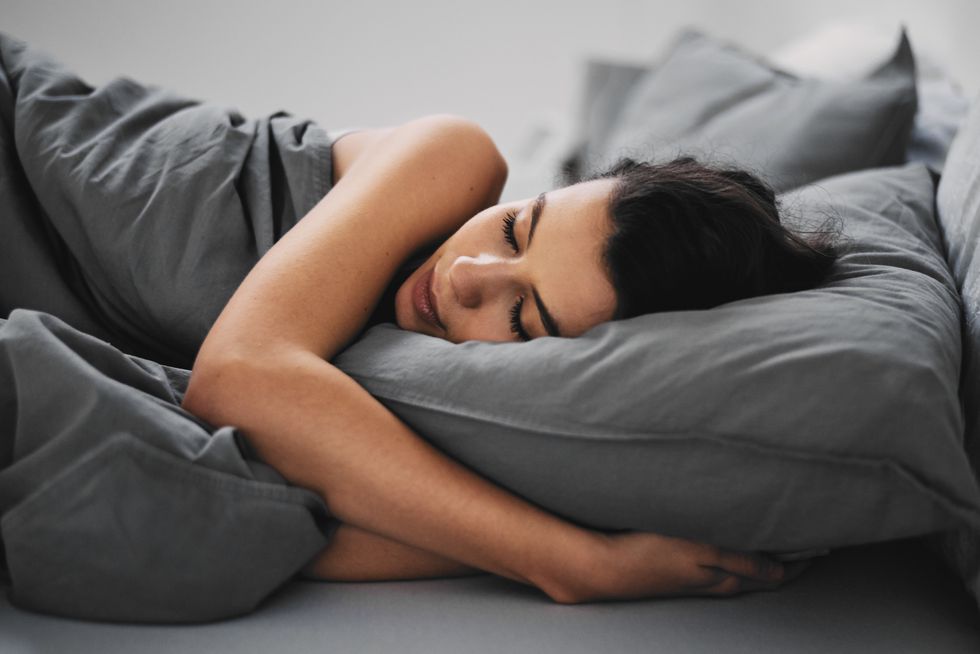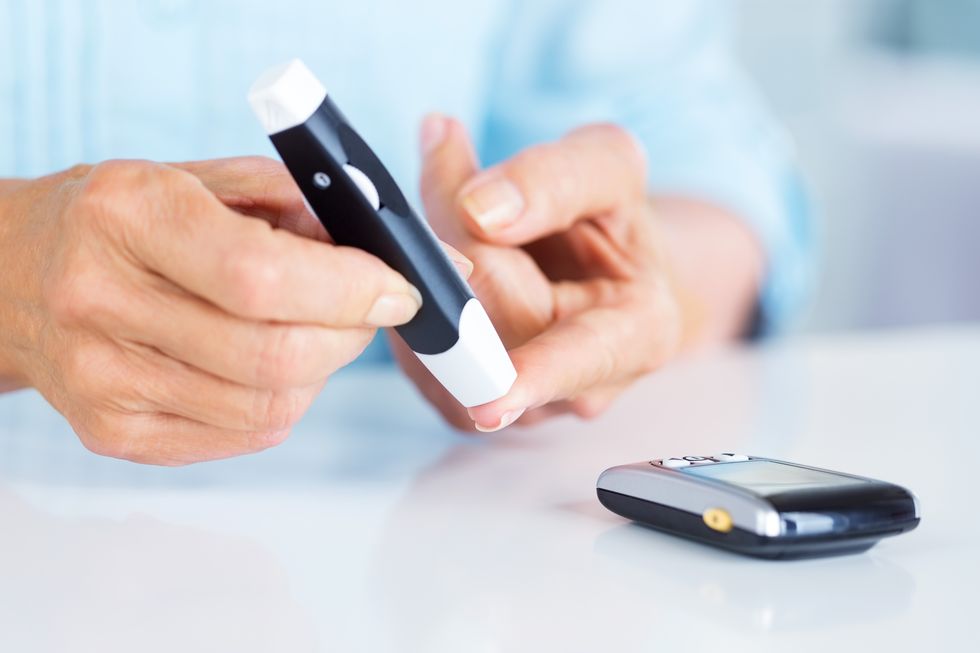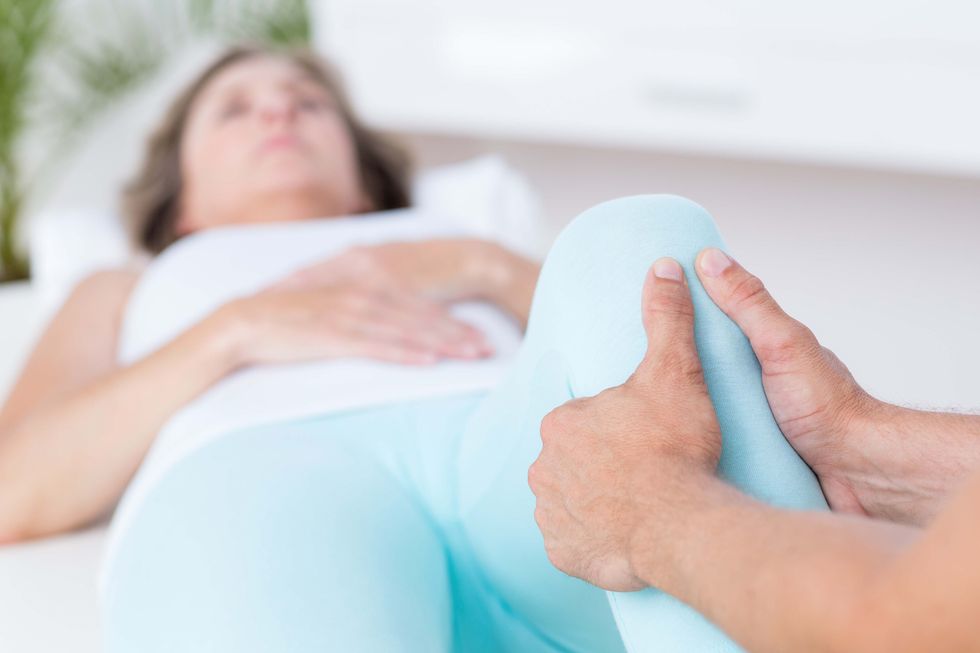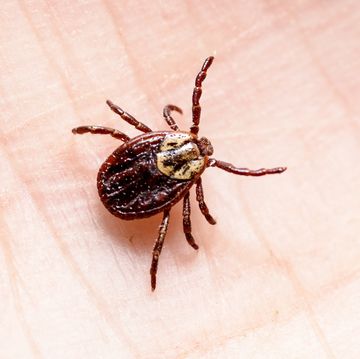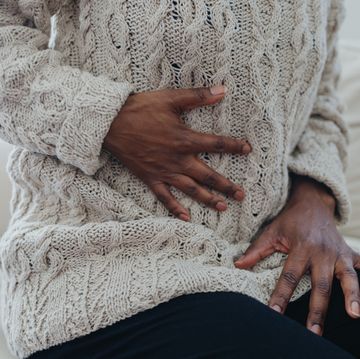6 Healthy Ways Getting a Massage Benefits Your Entire Body
Massage therapy may help boost focus, relieve anxiety, and even improve sleep.
When it comes to relaxation, there are a few things we all associate with that it: spa days, cozying up by the fire, staying in bed until 2 p.m. and, of course, getting a massage. And although massage is great for helping you relax, it has more therapeutic benefits, too.
The term “massage” itself actually encompasses a wide array of different types of massage, ranging from Swedish massage (the most common type), to massages that have a more targeted and specific purpose, like a sports massage, which is aimed at helping athletes recover.
No matter the type, the benefits of massage really come down to one thing: pressure. “The skin is moved during a moderate pressure massage, which results in a calming and slowing of the nervous system,” says Tiffany Field, PhD, director of the Touch Research Institute at the University of Miami School of Medicine. And that slowing of the nervous system leads to other physiological effects, too, like a decrease in heart rate, lowered blood pressure, and changes in EEG patterns (electrical activity in your brain), says Field.
Plus, in order to see those effects, it takes less time than you might think. “For research, we’re able to document positive effects for massages that are only 20 minutes long,” says Mark Hyman Rapaport, MD, chief of psychiatric services at Emory Healthcare, who has led multiple studies focused on the effects of massage. That means when you go to get a massage (most of which are usually advertised for being around 50 minutes long, says Dr. Rapaport), you’re under pressure for more than enough time to see optimal benefits.
And if you can’t afford to head to the spa down the street? “You do not need to go to a massage therapist all the time,” says Field. “You can give yourself a massage.” Since we’re able to reach most areas on our body, you can do a 20-minute self-massage by using a massage brush in the shower or even rubbing a tennis ball against your limbs, she explains.
So if you’re thinking about booking a time or investing in a self-massager, here are six of the therapy’s biggest benefits to know about.

Watch Next

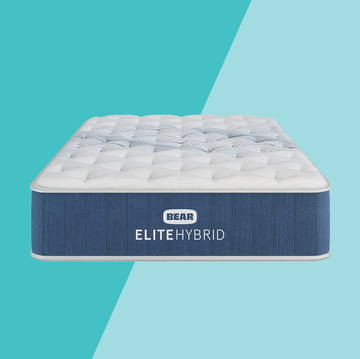
The 10 Best Mattresses for Stomach Sleepers
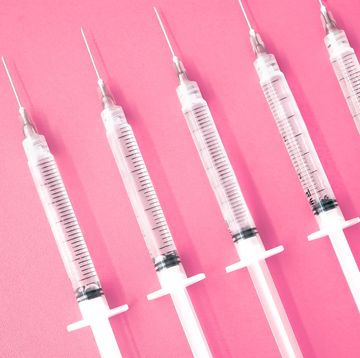
What Is ‘Ozempic Face’ and What Does It Look Like?
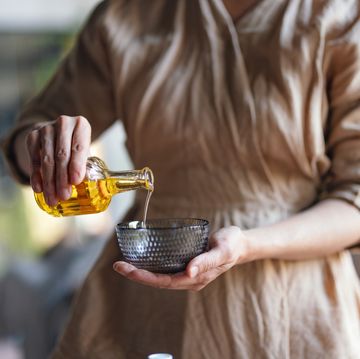
What Is Oil Pulling for Oral Health?
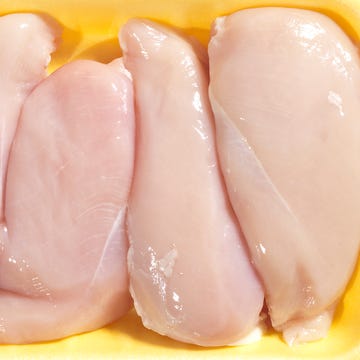
The Science Behind Stringy Chicken
